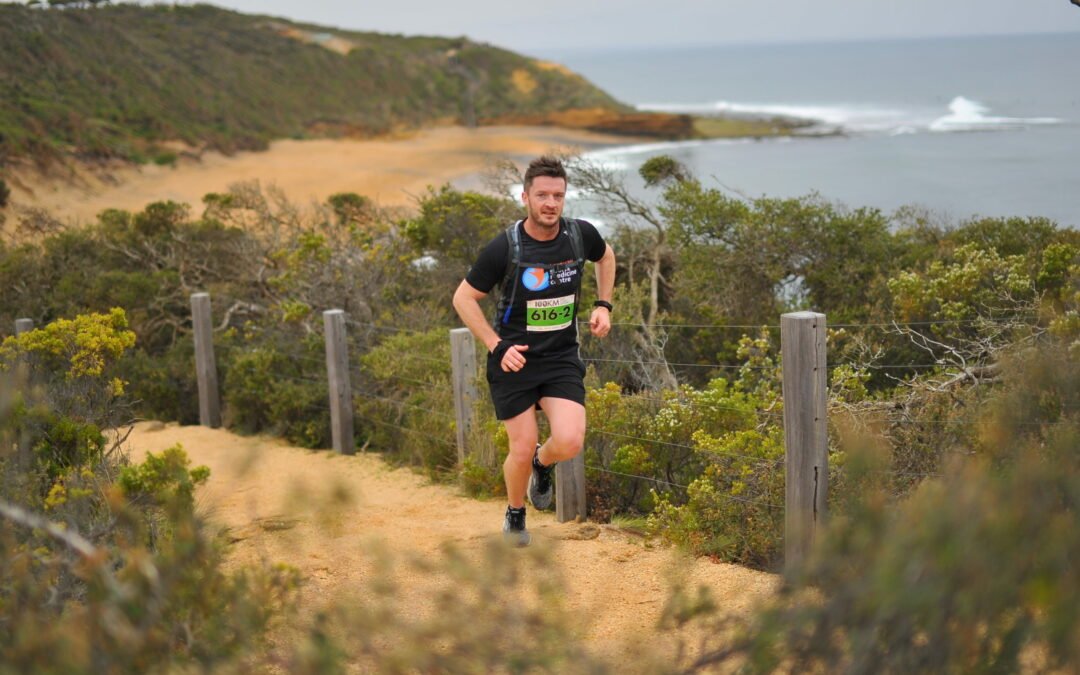With gyms closed we’ve found lots of people are turning to running and making the most of the awesome trails and beaches the Surf Coast has to offer!
With all this extra time, it may be tempting to run more frequently and/or longer distances.
But, did you know that returning to running (or rapidly increasing your mileage) after an extended lay-off brings with it a big risk of developing an injury in the first 6 weeks?
Follow these tips to reduce the chance of becoming a broken runner!
- 1. Have a goal for each run
What is the aim of your run? Is it to run further? Is it to run faster? Is it for stress relief and to switch off?
With so much data available with our phones, Garmin’s, Strava etc. a lot of runners fall into the trap of trying to compete with themselves (and friends) EVERY run. This is simply not sustainable!
A long, slow run should be simply that. Stick to your goal and don’t try and do a PB every run. Slow runs actually help us build endurance, stamina and resilience against injury.
Speed or interval sessions should be done over shorter distances and with lots of rest initially. If the goal of your session is to improve speed, don’t look at your watch at the end of the sessions and think “I’ve only done 4km today”. 4km at speed is much more taxing on the body than a longer run at a slower pace.
- 2. Increase your distance gradually
You should aim to increase your total kilometers by about 10% each week to safely run further.
- 3. Include high and low intensity runs
As a general rule, aim to do 80% of your training at low intensity (that’s between a light and moderate effort) and 20% at high intensity (moderate to very hard runs, including speed work)
- 4. Recovery
PLAN a recovery day (or days) into your week. A recovery session could be a recovery run (an slow-paced jog), pilates, spin class, swim, or even a yoga session.
Consider a ‘recovery week’ every 4-6 weeks to allow your muscles and joints to fully regenerate.
- 5. Strength & Conditioning
Increase the strength of your key muscles (quads, glutes, calves, hamstrings) to increase your strength, your speed, and importantly your buffer zone. Aim for 2 session per week and make sure you add more resistance than just body weight.
We’d love to help you with your running goals – if you’re not sure where to start or have broken down we are experts at helping runners get back and stay on the track! Feel free to email me if you have any questions or to book online follow this link.
Andy Allan
Physiotherapist


